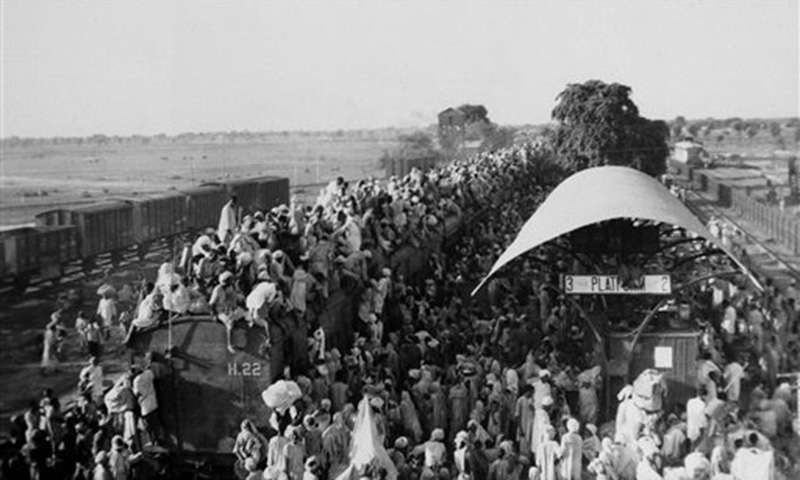
The partition of India in 1947 led to one of the largest mass migrations in human history, accompanied by widespread communal violence. Several factors contributed to this:
British Partition Plan: The British government's decision to partition British India into separate Hindu-majority India and Muslim-majority Pakistan laid the groundwork for communal tensions. The partition plan itself was hastily devised and announced without sufficient consideration for the complexities of India's diverse religious and cultural landscape.
Communal Divide: The communal divide between Hindus, Sikhs, and Muslims had been exacerbated over decades of British colonial rule. The demand for a separate Muslim homeland by the All-India Muslim League, led by Muhammad Ali Jinnah, was fueled by fears among Muslims of minority status and political marginalization in a Hindu-majority India.
Identity Politics: Both the Indian National Congress, representing primarily Hindu interests, and the All-India Muslim League, representing Muslim interests, engaged in identity politics that heightened communal tensions. The two communities increasingly viewed each other with suspicion and fear.
Violence and Radcliffe Line: The partition plan proposed by the British led to a rush to claim territory, particularly in regions where Hindus, Muslims, and Sikhs lived in close proximity. As the Radcliffe Line was drawn to demarcate the borders between India and Pakistan, communities found themselves on the "wrong" side of the border, leading to panic and violence.
Role of Leaders: Political leaders on both sides failed to adequately control and mitigate communal violence. Some politicians and local leaders even incited violence for their own political gains, further worsening the situation.
Breakdown of Law and Order: With the imminent transfer of power, the British administration in India was weakened, leading to a breakdown of law and order in many areas. In the absence of effective governance, communal violence escalated unchecked.
Economic and Social Disparities: Economic and social disparities between different communities also played a role in fueling tensions. Disputes over land, property, and resources often took on communal overtones, exacerbating existing grievances.
The combination of these factors resulted in widespread communal violence and mass migrations, with millions of people being displaced and hundreds of thousands losing their lives. The scars of partition continue to affect the collective memory and political dynamics of India and Pakistan to this day.
Thank You..